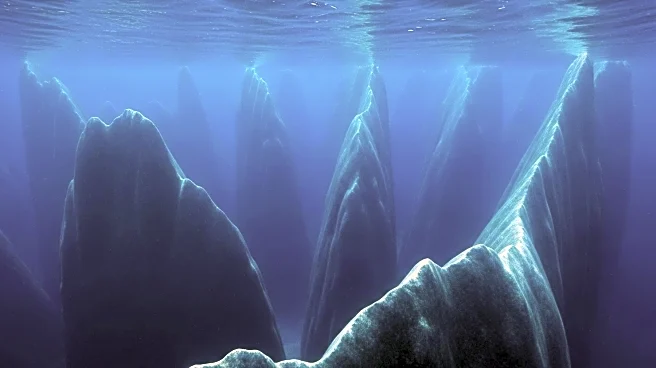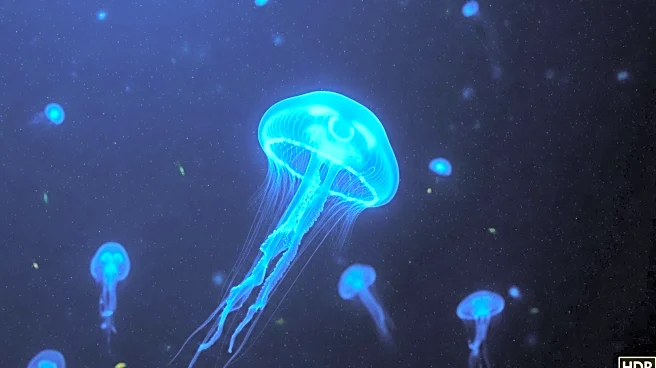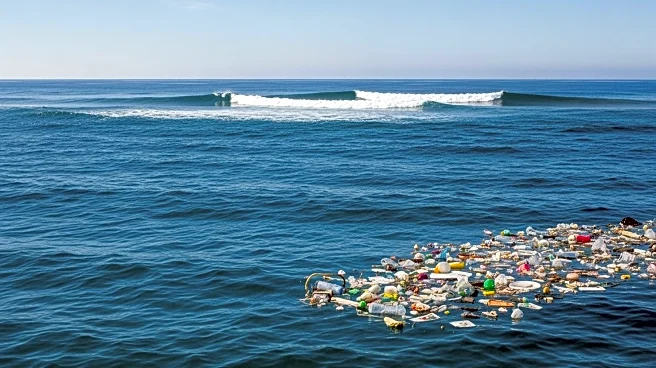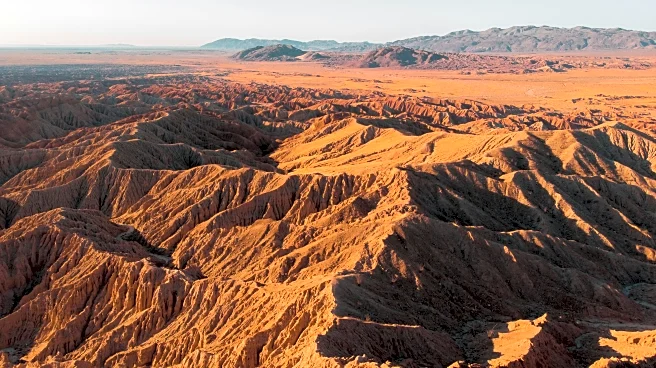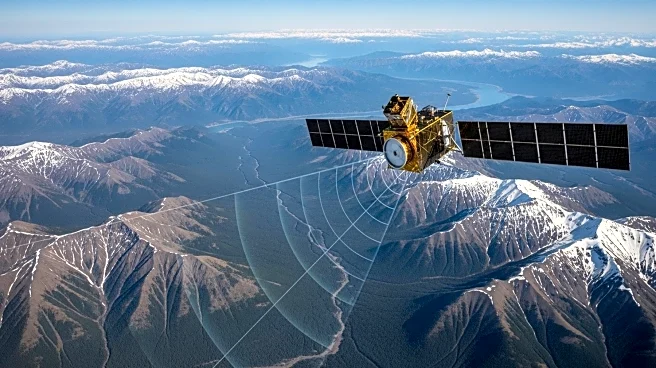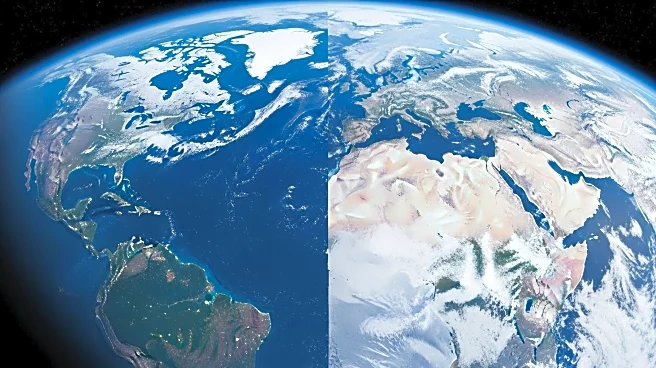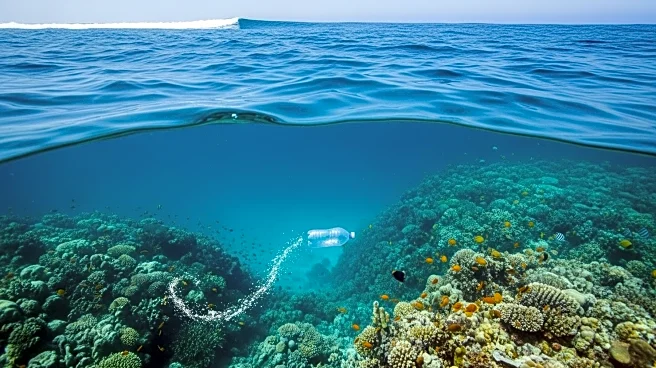What is the story about?
What's Happening?
A team of scientists has discovered a vast network of 332 submarine canyons beneath Antarctica's icy perimeter, significantly enhancing the understanding of the continent's interaction with global ocean systems. The research, published in Marine Geology, reveals that these canyons play a crucial role in the movement of water, heat, and sediment in the polar region. The discovery was made possible by high-resolution bathymetric data from over 40 international research expeditions, which allowed for the identification of five times more canyons than previously catalogued.
Why It's Important?
The discovery of these submarine canyons has profound implications for climate modeling and sea-level projections. These geological features act as conduits for oceanic exchange, influencing the stability of ice sheets and the transport of heat and meltwater. The findings suggest that previous models may have underestimated Antarctica's impact on global sea levels, highlighting the need for more accurate data to improve risk assessments for vulnerable coastal areas. This research underscores the importance of continued exploration and mapping of the Antarctic seafloor to better understand its role in the planet's climate system.
Beyond the Headlines
The study highlights the dynamic nature of submarine canyons and their role as 'conveyer belts' for oceanic processes. These canyons facilitate the exchange of water masses, contributing to the formation of Antarctic Bottom Water, a key component of global thermohaline circulation. However, they also allow warmer waters to reach ice shelves, accelerating basal melting and contributing to sea-level rise. The research emphasizes the need for ongoing data collection and analysis to refine climate models and improve predictions of future sea-level changes.
AI Generated Content
Do you find this article useful?
